The Adaptive Learning Market is currently characterized by a dynamic competitive landscape, driven by technological advancements and an increasing demand for personalized education solutions. Key players such as Pearson (GB), McGraw-Hill Education (US), and DreamBox Learning (US) are strategically positioning themselves through innovation and partnerships. Pearson (GB) focuses on integrating artificial intelligence into its learning platforms, enhancing user engagement and learning outcomes. Meanwhile, McGraw-Hill Education (US) emphasizes regional expansion, particularly in emerging markets, to capture a broader audience. DreamBox Learning (US) is leveraging data analytics to refine its adaptive learning algorithms, thereby improving educational efficacy. Collectively, these strategies contribute to a competitive environment that is increasingly centered around technological integration and user-centric solutions.
In terms of business tactics, companies are increasingly localizing their offerings to cater to diverse educational needs across different regions. This localization, coupled with supply chain optimization, allows for more agile responses to market demands. The competitive structure of the Adaptive Learning Market appears moderately fragmented, with several key players exerting influence while also facing competition from smaller, innovative startups. The collective actions of these major companies shape a landscape where adaptability and responsiveness are paramount.
In August 2025, Pearson (GB) announced a partnership with a leading AI firm to enhance its adaptive learning technologies. This collaboration is expected to significantly improve the personalization of learning experiences, allowing educators to tailor content more effectively to individual student needs. Such strategic moves indicate Pearson's commitment to remaining at the forefront of educational technology, potentially setting new standards in the industry.
In September 2025, McGraw-Hill Education (US) launched a new suite of adaptive learning tools specifically designed for K-12 education. This initiative not only reflects the company's focus on innovation but also its intent to address the unique challenges faced by educators in diverse learning environments. By expanding its product offerings, McGraw-Hill Education aims to solidify its market position and enhance its competitive edge.
In July 2025, DreamBox Learning (US) secured a significant investment to further develop its adaptive learning platform. This funding is likely to accelerate the company's research and development efforts, enabling it to introduce more sophisticated learning analytics and personalized learning pathways. Such advancements could enhance DreamBox's market share and influence in the adaptive learning sector.
As of October 2025, the Adaptive Learning Market is witnessing trends that emphasize digitalization, sustainability, and the integration of artificial intelligence. Strategic alliances among key players are increasingly shaping the competitive landscape, fostering innovation and collaboration. Looking ahead, it appears that competitive differentiation will evolve from traditional price-based strategies to a focus on technological innovation, enhanced user experiences, and reliable supply chains. This shift suggests that companies that prioritize these aspects may gain a substantial advantage in the rapidly changing educational landscape.
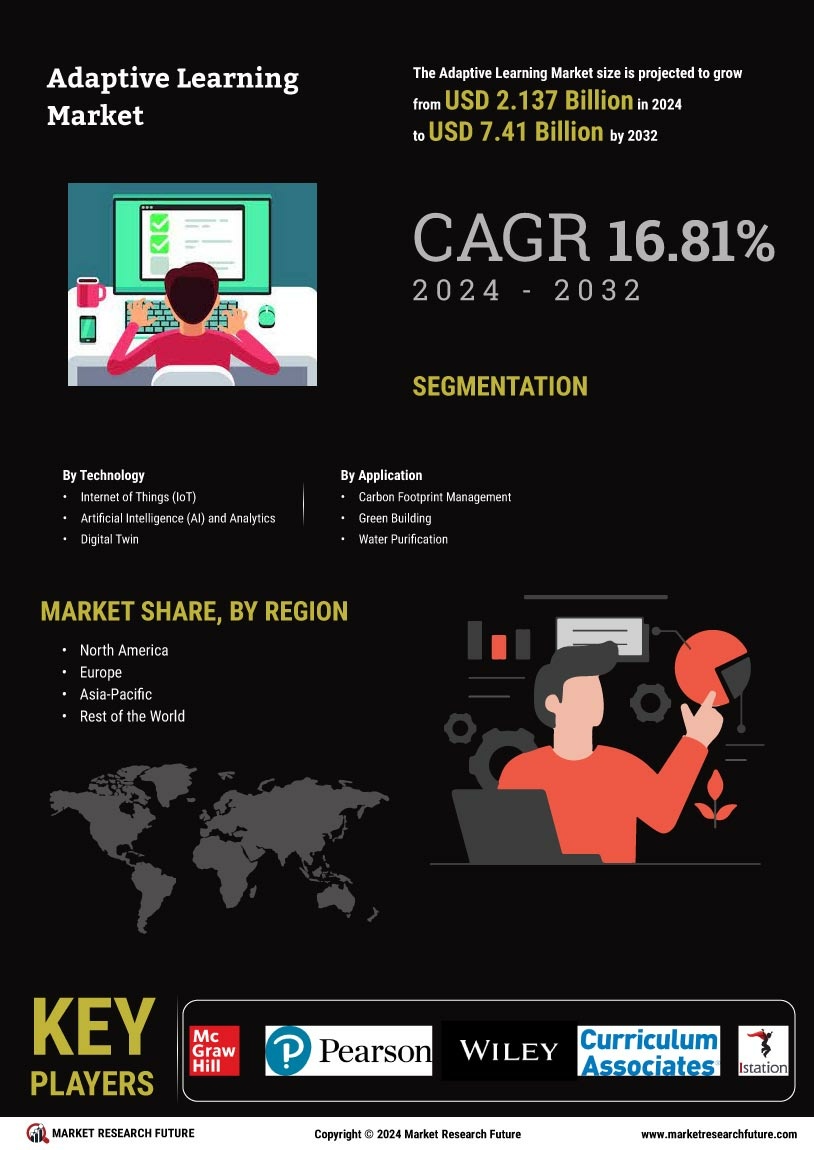

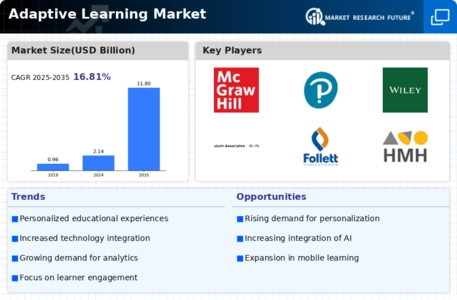
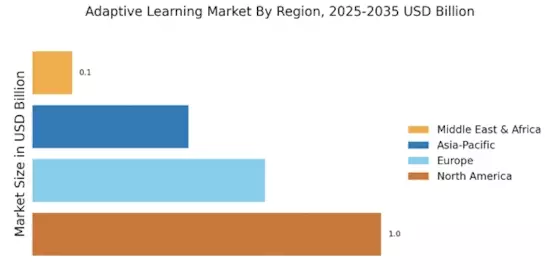
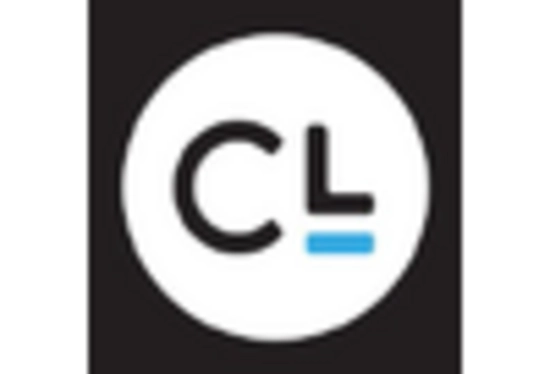
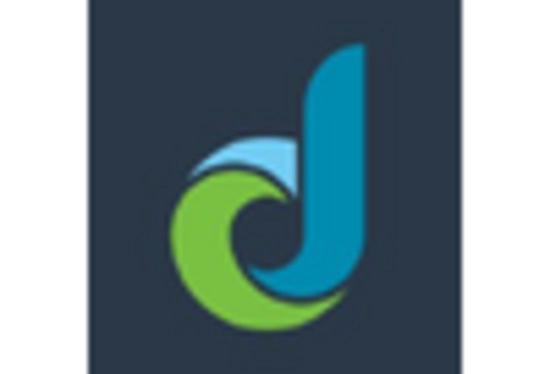
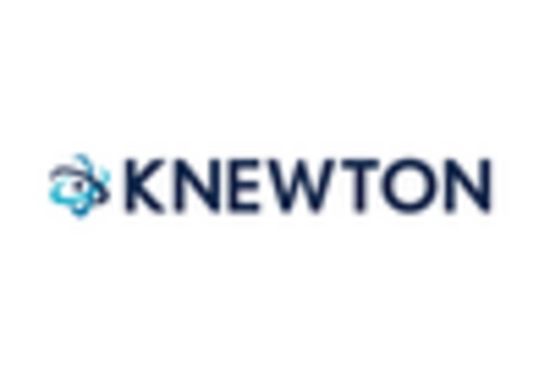
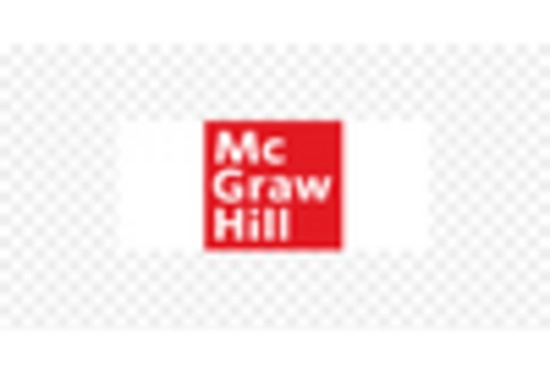
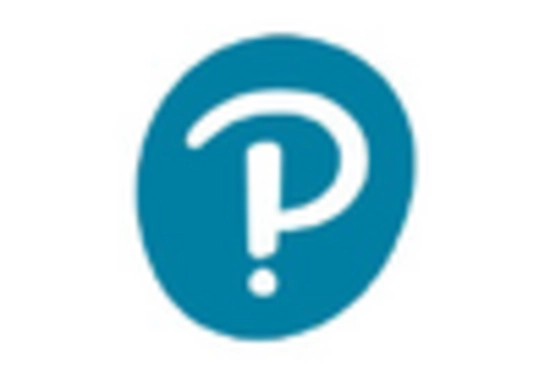









Leave a Comment